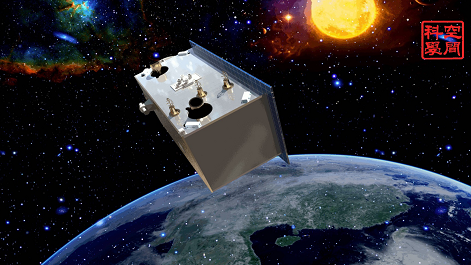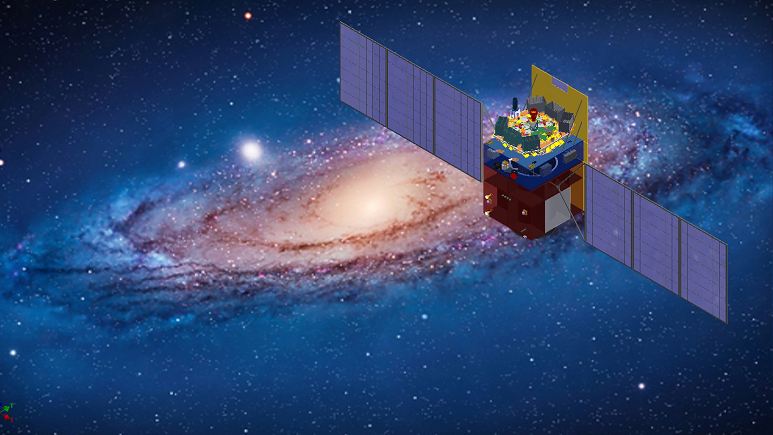
Depiction of the Taiji-1 satellite.
Depiction of the Taiji-1 satellite.
The Chinese Academy of Sciences (CAS) on Tuesday released details of the most recent scientific achievements from its space science programs, including space-based gravitational wave detection, space microgravity experiments, and the observation of black-hole explosions.
According to the academy, the Taiji-1, China's first satellite to conduct experiments on key technologies related to space-based gravitational wave detection, has completed all preset experimental tasks. It has accomplished the highest degree of precision in space laser interferometry so far in China.

Depiction of the SJ-10 satellite.
Depiction of the SJ-10 satellite.
Meanwhile, the SJ-10, China's first satellite to conduct microgravity experiments, has for the first time achieved the development of a cell embryo to a blastocyst under microgravity conditions, revealing the key factors affecting early embryo development of mammals in a space environment.

Depiction of China's Hard X-ray Modulation Telescope, "Insight."
Depiction of China's Hard X-ray Modulation Telescope, "Insight."
China's Hard X-ray Modulation Telescope, known as "Insight," clearly observed the panoramic view of the explosion of black hole binaries for the first time.
The three satellites were all deployed by the CAS as part of its space-science pilot project, which was formally established in 2011.
The CAS will continue to strengthen research in space science areas such as the extreme universe, space-time ripples, sun-earth panorama, and habitable planets in order to better understand the universe, said Wang Chi, director of the National Space Science Center under the CAS.
(All photos courtesy of the National Space Science Center of the CAS)
Source(s): Xinhua News Agency

